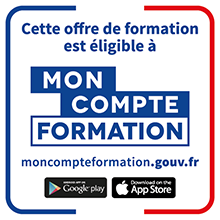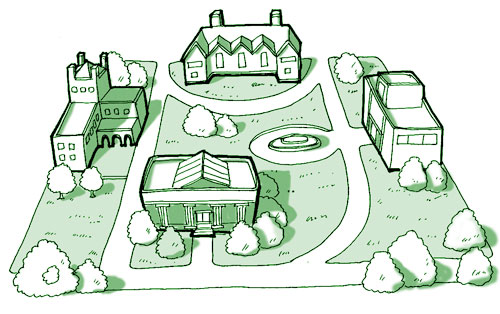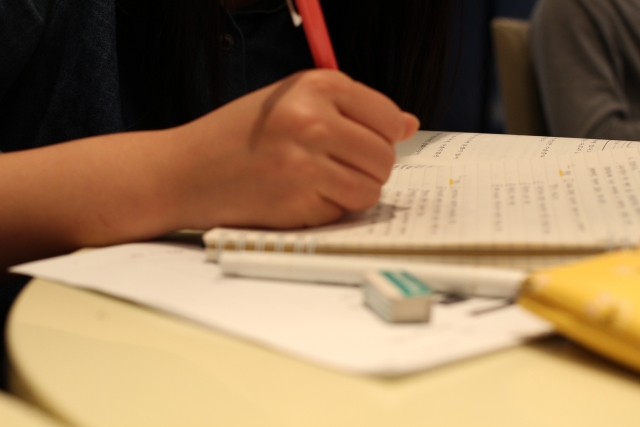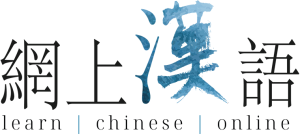Formation CPF de chinois - niveau B1
Formation de chinois éligible au CPF du niveau A2 vers B1
Prérequis : niveau A2
Cette formation s'adresse aux personnes qui ont déjà un niveau A2 (ou HSK 2) en chinois mandarin.
Vous pouvez tester votre niveau de chinois gratuitement avec nos tests de niveau :
Je teste mon niveau A2
Objectifs : niveau B1 du Cadre Européen (CECRL)
- Comprendre les points essentiels d'une discussion quand un langage clair et standard est utilisé et s'il s'agit de choses familières au travail, à l'école, aux loisirs, etc.
- Être autonome dans la plupart des situations rencontrées en voyage dans une région où la langue cible est parlée
- Pouvoir produire un discours simple et cohérent sur des sujets familiers et dans ses domaines d'intérêt
- Savoir raconter un événement, une expérience ou un rêve, décrire un espoir ou un but et exposer brièvement des raisons ou explications pour un projet ou une idée
Durée : 10 mois
Il est possible de modifier la durée la formation : veuillez nous contacter avant de vous inscrire.
Cours particulier : 40 heures de cours en visioconférence
Cours particuliers en visioconférence avec enseignant qualifié et expérimenté.
Il est possible d'avoir plus de cours particuliers : veuillez nous contacter avant de vous inscrire.
Cours en e-learning : illimité
Divisée en 12 séquences, cette formation de chinois vous fera acquérir plus de 300 mots supplémentaires ce qui vous fera maîtriser les 600 mots de vocabulaire (760 avec les variantes) du niveau 3 du HSK. Chaque séquence inclut une simulation de test HSK adaptée au niveau de la séquence pour vous entraîner progressivement à ce test.
Certification : LILATE
Test d’aptitude à travailler en chinois - LILATE
Code RS : 6142
Date d'enregistrement : 24-10-2022
Date d'échéance : 24-10-2025
Certificateur : LINGUEO
Le passage de la certification LILATE se fait entièrement à distance.
Tarif : 2650€ TTC
Le tarif comprend l'intégralité de la formation, certification LILATE comprise.
Si vous désirez augmenter le nombres de cours particuliers, nous vous donnerons un nouveau tarif. N'hésitez pas à nous contacter avant de vous inscrire : Contact.

INSCRIPTION
S'inscrire à cette formationINFORMATIONS
Formulaire de contact 07 69 89 22 08
Jean Columeau
Responsable formation
Note de satisfaction
Cette formation n'a pas encore été notée.
Contenu détaillé de la formation elearning
 Objectives: to know how to write a letter so as to give simple information during a trip.
Objectives: to know how to write a letter so as to give simple information during a trip.
New words: 28 Total of the 3 levels: 448
New characters: 20 Total of the 3 levels: 378
Grammar: Adverb 才; The particle for anteposition of object 把
 New words: 27 Total of the 3 levels: 475
New words: 27 Total of the 3 levels: 475
New characters: 24 Total of the 3 levels: 402
Grammar: Conjunction "or" for statement : 或者; How to express "as soon as"; Adverb 越。。。越。。。; Polite form with 贵.
 New words: 26 Total of the 3 levels: 501
New words: 26 Total of the 3 levels: 501
New characters: 24 Total of the 3 levels: 426
Grammar: Adverbial suffix 地; How to express the notion of ‘whole’ with an interrogative word; 除了。。。以外; Adverb 又; The use of 差; The concept of floor in China; Co-verb 跟.
 New words: 27 Total of the 3 levels: 528
New words: 27 Total of the 3 levels: 528
New characters: 26 Total of the 3 levels: 452
Grammar: Two new classifiers 只 and 条; Structure to express "to show an interest in" in Mandarin Chinese.
 New words: 32 Total of the 3 levels: 560
New words: 32 Total of the 3 levels: 560
New characters: 26 Total of the 3 levels: 478
Grammar: The expression 这两天; Classifier 位; Resultative complement 起来.
 New words: 30 Total of the 3 levels: 590
New words: 30 Total of the 3 levels: 590
New characters: 24 Total of the 3 levels: 502
Grammar: Causative form with 使
 New words: 24 Total of the 3 levels: 614
New words: 24 Total of the 3 levels: 614
New characters: 20 Total of the 3 levels: 522
Grammar: Cardinal points; Simultaneity
 New words: 29 Total of the 3 levels: 643
New words: 29 Total of the 3 levels: 643
New characters: 22 Total of the 3 levels: 544
Grammar: 以后 and 以前; 为了 and 为.
 New words: 29 Total of the 3 levels: 672
New words: 29 Total of the 3 levels: 672
New characters: 26 Total of the 3 levels: 570
Grammar: Adverb 老 "always"
 New words: 26 Total of the 3 levels: 698
New words: 26 Total of the 3 levels: 698
New characters: 15 Total of the 3 levels: 585
Grammar: The concept of floor in Chinese: 层 and 楼
 New words: 29 Total of the 3 levels: 727
New words: 29 Total of the 3 levels: 727
New characters: 17 Total of the 3 levels: 602
Grammar: The adverbial suffix 地; Use of 差.
 New words: 33 Total of the 3 levels: 760
New words: 33 Total of the 3 levels: 760
New characters: 23 Total of the 3 levels: 625
Grammar: The passive; Use of 口, 万 and 还是; Chinese currency
 These HSK practice tests submit at random all level 3 questions within the time limit allocated in actual HSK tests (35 minutes for oral comprehension, 30 minutes for written comprehension and 10 minutes for the written expression part).
These HSK practice tests submit at random all level 3 questions within the time limit allocated in actual HSK tests (35 minutes for oral comprehension, 30 minutes for written comprehension and 10 minutes for the written expression part).
Beware: HSK 3 has got a written expression part as well, made up of two exercises: in the first one, the correct word order must be found to form a sentence; in the second, one must write the missing character in a sentence (the pinyin is given). I have not been able to include this exercise for the time being because I need a character recognition system which is not available in the native system I use. The first exercise has been incorporated into the written comprehension part.
In the actual HSK test, each question is played twice and recordings follow each other without a pause. For more realism, I invite you to listen to each recording twice.
In this section you will find additional texts written with the characters of the level 3 program, but with other combinations to form new words and expressions that are not in the HSK program.
These texts are written in a deliberately authentic style, with very Chinese expressions that go beyond the HSK program.
